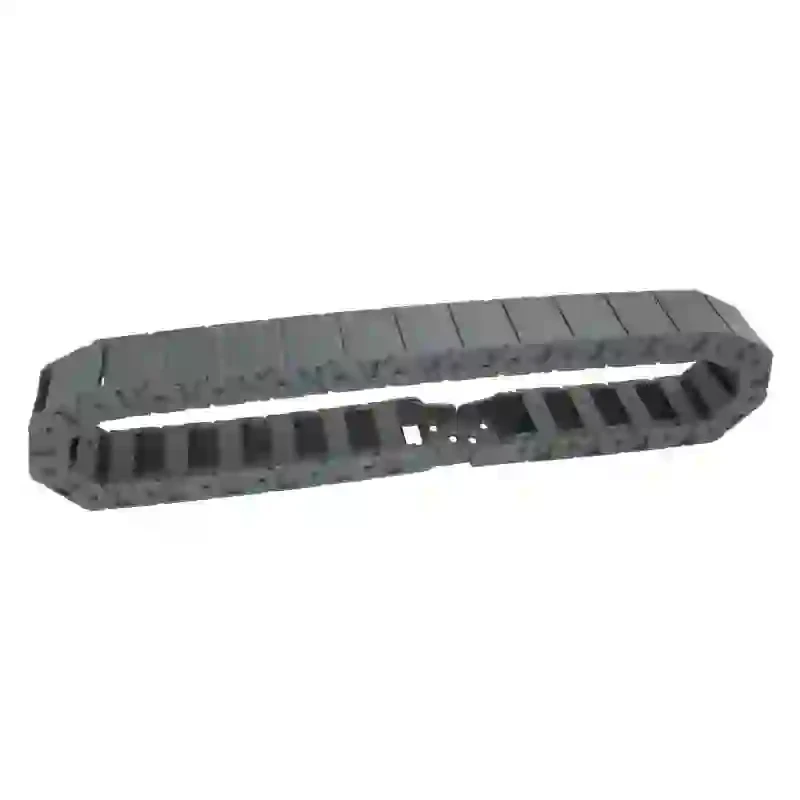flexible cable chain
Understanding Flexible Cable Chains A Comprehensive Overview
In today's industrial landscape, the demand for efficiency and reliability in machinery and processes has never been higher. Among the numerous innovations that have emerged to address these demands, flexible cable chains, also known as energy chains or drag chains, stand out as critical components in various applications. These chains are designed to protect and manage flexible cables and hoses in dynamic environments, contributing to the overall effectiveness and longevity of machinery.
What are Flexible Cable Chains?
Flexible cable chains are specialized systems that guide and support cables, hoses, and other flexible components in motion. They consist of interconnected links that create a channel for the movement of these materials, allowing for controlled flexibility and protection against wear and tear. The chains can accommodate various types of cables, such as electrical, hydraulic, and pneumatic lines, and are used extensively in applications where movement is a fundamental requirement.
Key Features and Benefits
1. Flexibility and Motion Control One of the primary advantages of flexible cable chains is their ability to adapt to a wide range of motion. These chains can bend and twist while maintaining the integrity of the cables within, making them ideal for robotic arms, CNC machines, and other automated systems.
2. Protection Against Wear and Damage By enclosing cables and hoses within a protective chain, flexible cable chains help prevent damage from abrasion, exposure to contaminants, and mechanical wear. This protective feature is essential in environments where equipment is subject to harsh conditions.
3. Improved Cable Management Flexible cable chains facilitate organized cable routing, reducing clutter and minimizing the risk of entanglement. This organized approach not only enhances safety but also simplifies maintenance and troubleshooting when issues arise.
flexible cable chain

4. Customization and Adaptability Many manufacturers provide customizable solutions, allowing businesses to tailor the cable chains to their specific needs. Options may include varying chain sizes, materials, and configurations to accommodate unique applications.
5. Increased Longevity With their protective features and organized layout, flexible cable chains can significantly extend the lifespan of the cables and hoses they manage. This longevity translates to reduced downtime and lower maintenance costs, ultimately improving productivity.
Applications Across Industries
Flexible cable chains find applications in diverse industries. In manufacturing, they are commonly used in conveyor systems and automated assembly lines. In the automotive sector, they facilitate the movement of wiring harnesses in vehicles during assembly and operation. Similarly, in the aerospace industry, flexible cable chains help manage cables in flight control systems and other critical functionalities.
Robotics is another prominent application area. As robots perform dynamic movements, flexible cable chains ensure that the cables remain intact and operational, thereby enhancing the robot's performance and efficiency. Additionally, they are used in medical devices, entertainment technology, and even in the maritime industry for vessels that require reliable cable management.
Conclusion
Flexible cable chains are invaluable components that play a crucial role in modern machinery and automation. Their ability to provide flexibility, protection, and organized management of cables and hoses makes them an essential choice for industries looking to enhance efficiency and equipment reliability. As technology continues to advance, the demand for effective cable management solutions will only grow, solidifying the importance of flexible cable chains in the future of industrial applications. Whether in manufacturing, robotics, or other sectors, these innovative systems are poised to drive the next wave of operational excellence.








